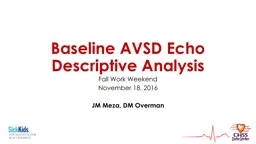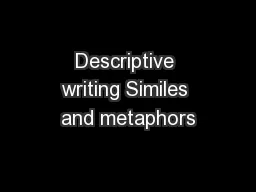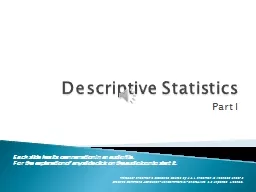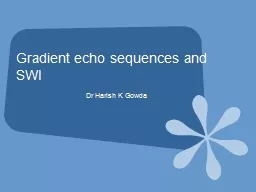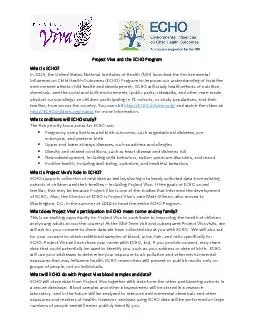PPT-Baseline AVSD Echo Descriptive Analysis
Author : ellena-manuel | Published Date : 2020-04-03
Fall Work Weekend November 18 2016 James M Meza MD and David M Overman MD Study PI Measures of Inflow Physiology Modified atrioventricular valve index Cohen 1996
Presentation Embed Code
Download Presentation
Download Presentation The PPT/PDF document " Baseline AVSD Echo Descriptive Analysis" is the property of its rightful owner. Permission is granted to download and print the materials on this website for personal, non-commercial use only, and to display it on your personal computer provided you do not modify the materials and that you retain all copyright notices contained in the materials. By downloading content from our website, you accept the terms of this agreement.
Baseline AVSD Echo Descriptive Analysis: Transcript
Download Rules Of Document
" Baseline AVSD Echo Descriptive Analysis"The content belongs to its owner. You may download and print it for personal use, without modification, and keep all copyright notices. By downloading, you agree to these terms.
Related Documents

